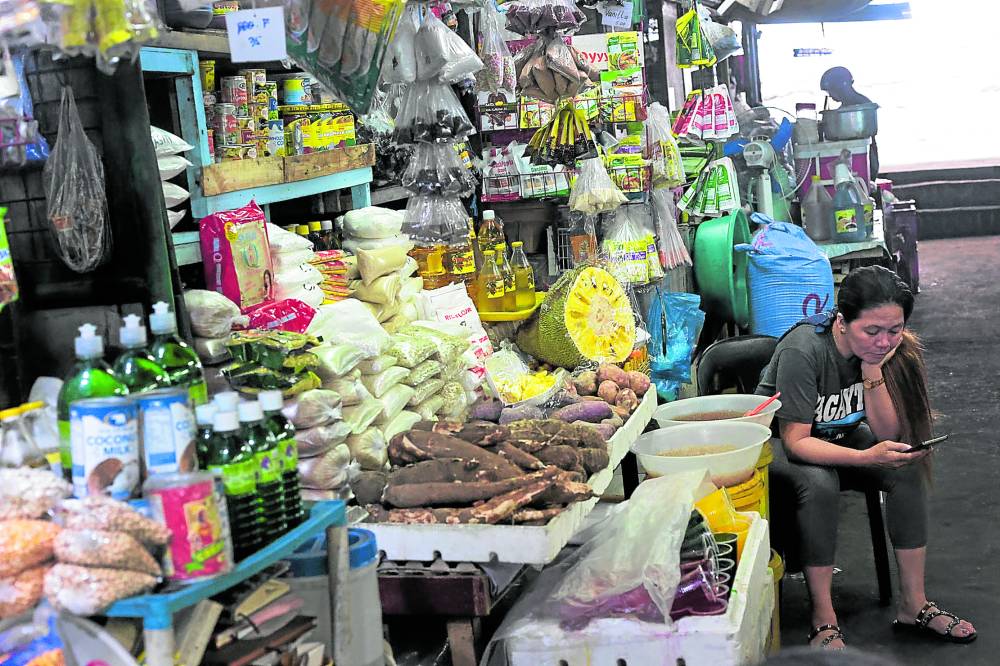MANILA, Philippines — Inflation rose at a faster rate for the third straight month in April on the back of higher food prices and transport costs, although the reading came in lower than most market estimates.
Inflation, as measured by the Consumer Price Index (CPI), quickened to 3.8 percent last month, from 3.7 percent in March, the Philippine Statistics Authority (PSA) reported on Tuesday.
The latest reading bucked market expectations that had pegged April price growth at a faster 4.1 percent. The figure also settled within the Bangko Sentral ng Pilipinas’ (BSP) forecast range of 3.5 to 4.3 percent for April.
At the same time, this marked the fifth consecutive month that inflation stayed within the 2 to 4 percent target band of the BSP.
PSA data showed rice, a staple food of Filipino households, was still expensive after posting price gains of 23.9 percent in April, albeit a tad slower than 24.4 percent previously.
READ: Hope for lower food prices
National Statistician Claire Dennis Mapa said lower world prices of the commodity, especially in exporting countries like Vietnam and Thailand, helped temper rice price inflation at home.
That pushed up food inflation to 6 percent last month from 5.6 percent previously, accounting for 75.7 percent of the uptick in the headline CPI.
Meanwhile, transport inflation inched up to 2.6 percent, from 2.1 percent, after local pump prices tracked higher global crude oil prices.
Breaching the target
Secretary Arsenio Balisacan of the National Economic and Development Authority (Neda) said the Marcos administration was taking steps to ensure food security amid geopolitical risks and extreme weather conditions that can crimp supply.
“The government’s major strategies aim to increase productivity, build the resilience of the agriculture sector, and improve the efficiency of food systems,” Balisacan said.
“Failing to augment local production during shortages perpetuates poverty and exacerbates vulnerability,” he added.
Despite the slower-than-expected price growth in April, BSP Governor Eli Remolona Jr. said the central bank still believes that inflation could “temporarily” overshoot its 2 to 4 percent target range in the next two quarters.
READ: Philippine central bank governor rules out easing rates ‘soon’
“The risks to the inflation outlook continue to lean toward the upside. Possible further price pressures are linked mainly to higher transport charges, elevated food prices, higher electricity rates, and global oil prices,” Remolona said.
“Potential minimum wage adjustments could also give rise to second-round effects,” he added. Second-round effects happen when wages increase in response to a fast increase in costs of living, which could lead to a dangerous cycle of high inflation once businesses hike their selling prices to offset bigger personnel costs.
The BSP will hold its next monetary policy meeting on May 16. Already, analysts are expecting the central bank to keep its policy rate unchanged at 6.5 percent, the tightest in 17 years, as inflation remains stubbornly high. This means borrowing costs would likely stay high for now to keep demand in line with limited supply and manage people’s inflation expectations. INQ


